Perthes Disease In Children
Perthes disease in children. Risk factors Risk factors for Legg-Calve-Perthes disease include. Most doctors recommend some activity restrictions avoiding impact activities like running and jumping while still allowing biking and swimming. The mean age at onset of the disease was 44 months 22 to 72.
The cause of Legg-Calve-Perthes disease is currently unknown. We describe 166 hips in children in this age group. Signs and symptoms of Perthes disease can include.
Like any tissue that loses circulation the bone of the hip dies. Perthes disease usually affects children between the ages of four and eight years but the range can extend to between two and 12 years old. Death of bone due to a lack of blood supply is called avascular necrosis AVN or osteonecrosis.
The initial signs of the disease can be difficult to detect because children have trouble describing. Boys are four times more likely affected than girls. Perthes disease is a condition that affects the hip in children between the ages of four and eight.
Children presenting with Perthes disease before their sixth birthday are considered to have a good prognosis. It is more common in boys than in girls. Perthes disease is five times more common in boys than in girls.
Children with Legg-Calve-Perthes disease often develop a noticeable limp and may have some pain in the hip pelvic and. Who gets Perthes disease. Most children who are diagnosed with Perthes disease before the age of 6 have a favorable long term outcome regardless of the treatment.
Perthes disease affects a wide age range of children ages of 2 to 15 but the most common age range is between 4 and 9. The condition is also referred to as Legg-Calve-Perthes disease in honor of the three physicians who each separately described the disease.
Perthes disease also called Legg-Calve-Perthes Disease occurs in children when blood stops flowing to the femoral head which is the ball of the ball and socket joint of the hip.
It may result in variable pain with activity including thigh groin or knee pain and is sometimes seen in hyperactive boys. White children are more likely to develop the disorder than are black children. Risk factors Risk factors for Legg-Calve-Perthes disease include. Each year about 1 in 10000 children aged less than 15 years will get Perthes disease. Both hips are affected in up to 15 of children. In the majority of children only one hip is affected. Who gets Perthes disease. Perthes disease usually affects children between the ages of four and eight years but the range can extend to between two and 12 years old. Legg-Calve-Perthes is up to five times more common in boys than in girls.
Children presenting with Perthes disease before their sixth birthday are considered to have a good prognosis. It affects boys more than girls usually aged between three to 12 years old with the majority being aged five to seven years old. Perthes disease also called Legg-Calve-Perthes Disease occurs in children when blood stops flowing to the femoral head which is the ball of the ball and socket joint of the hip. Four times more boys than girls are affected by the condition. Ten percent of patients will have Perthes in both hips referred to as bilateral Perthes disease. Children presenting with Perthes disease before their sixth birthday are considered to have a good prognosis. Perthes disease usually only affects one hip.


/perthes-disease-4174322_FINAL-5c05c1c546e0fb0001f4a111.png)
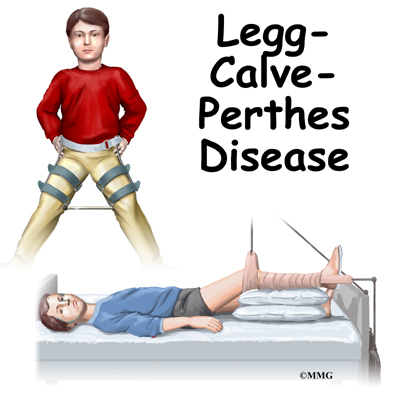


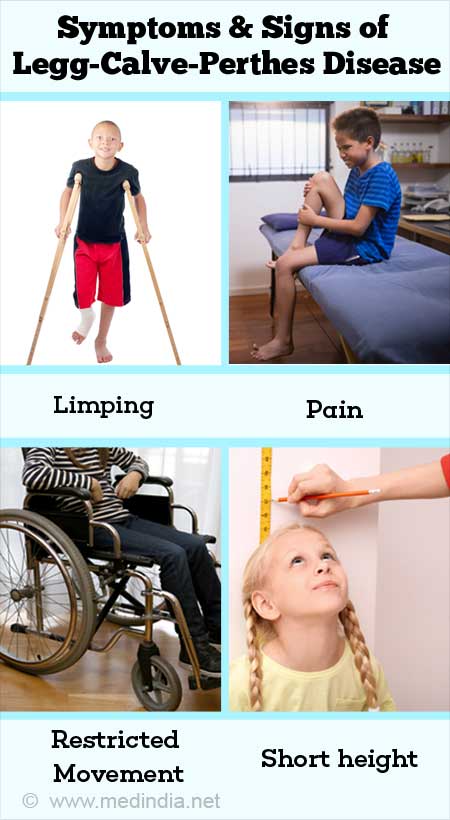







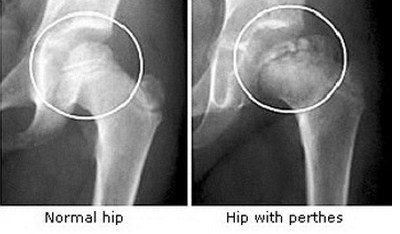



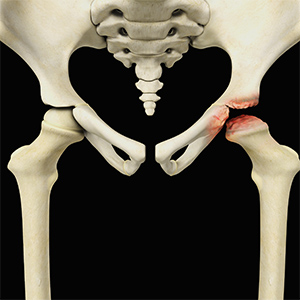
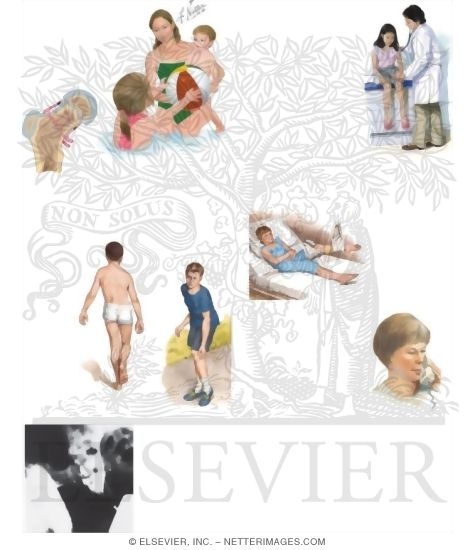
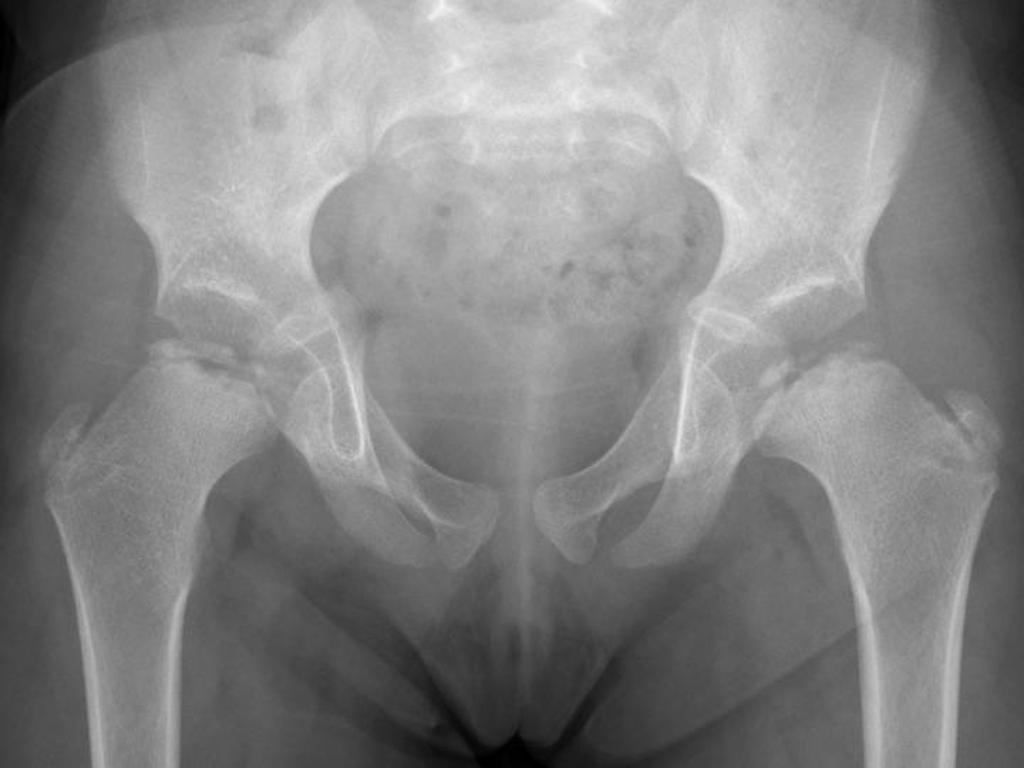




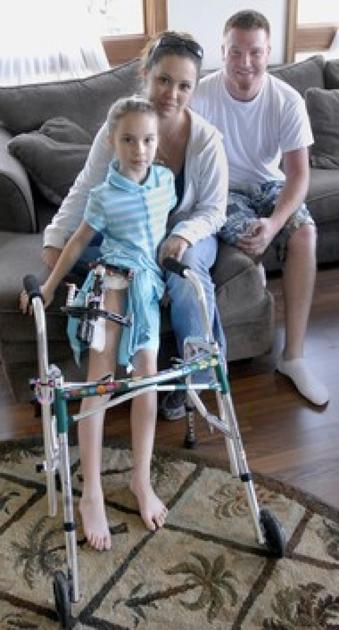


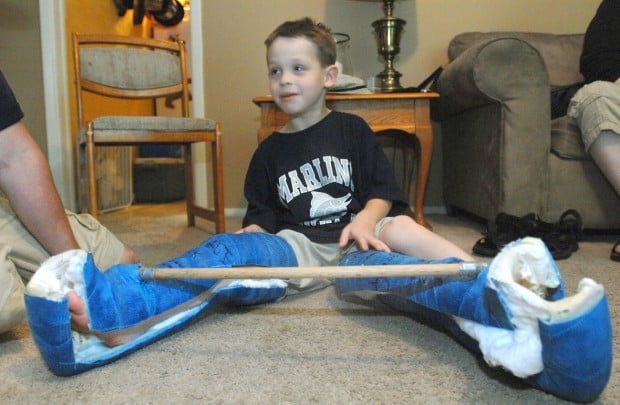

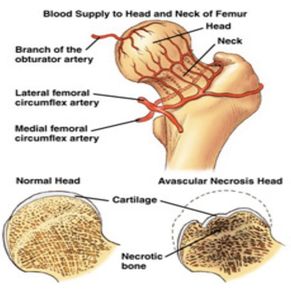

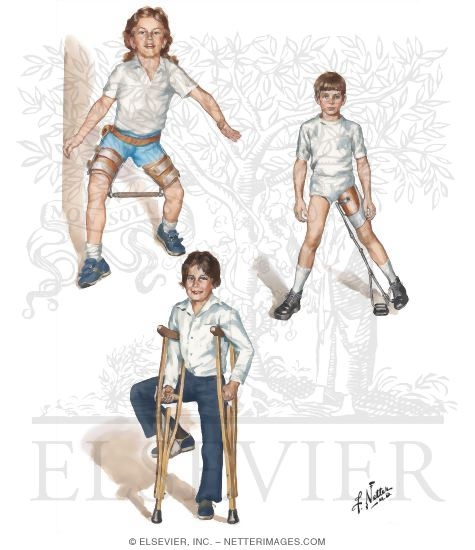
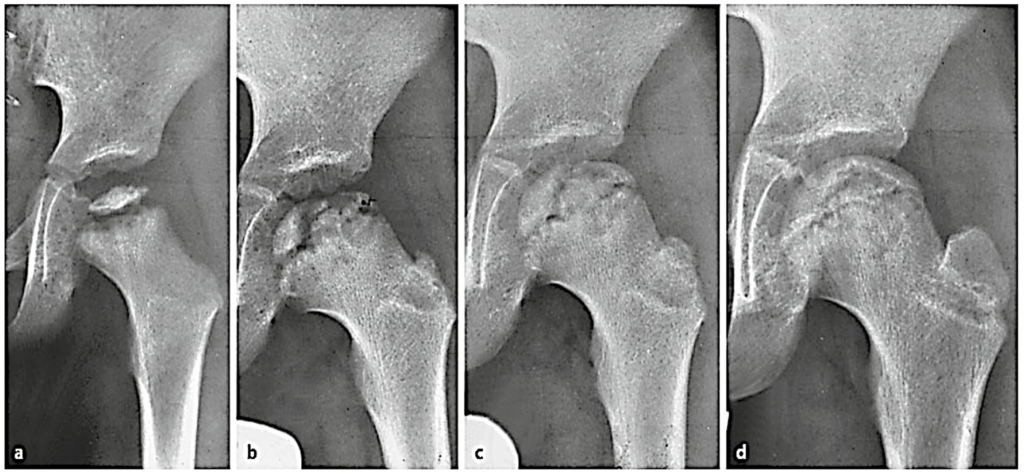

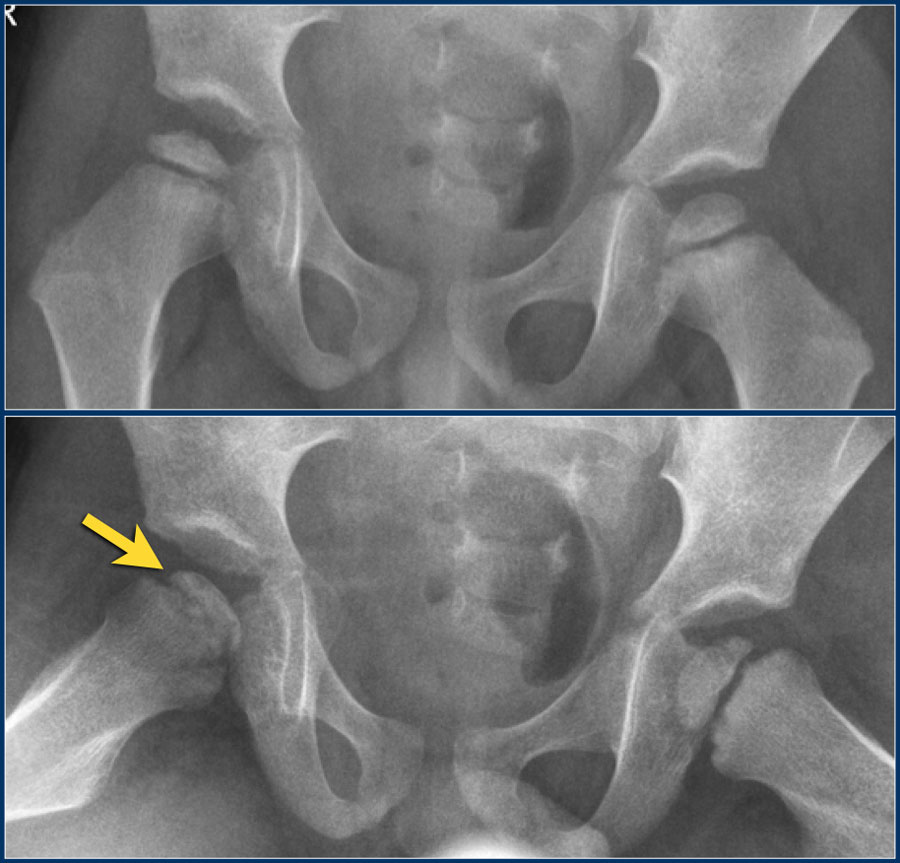
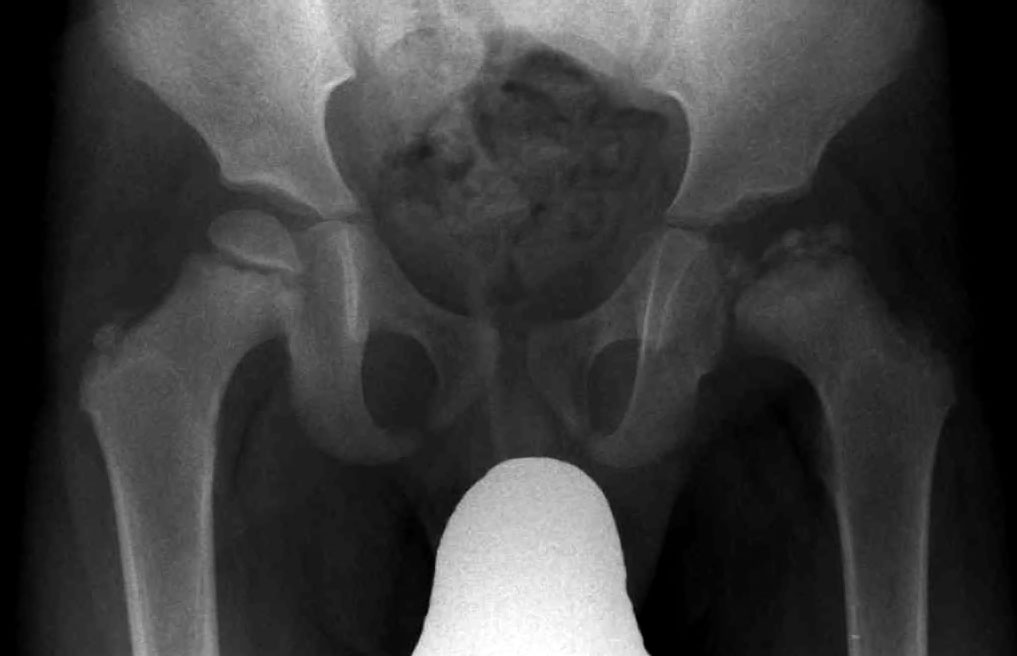



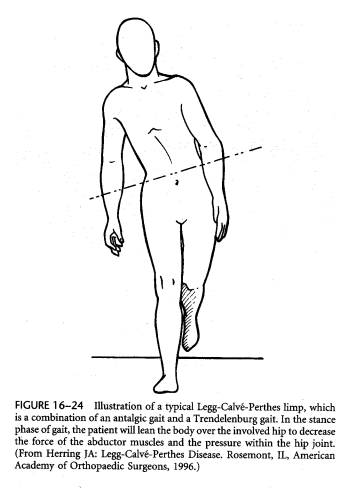



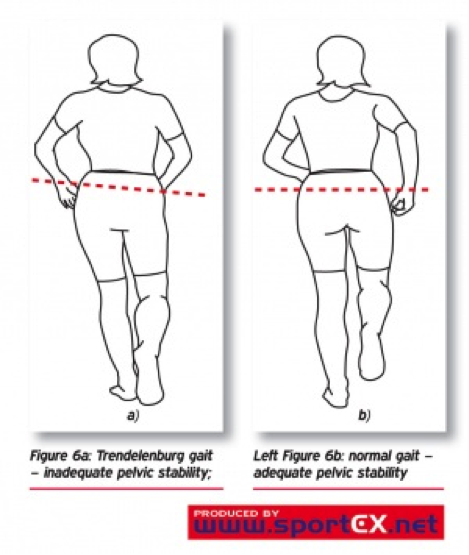
Post a Comment for "Perthes Disease In Children"